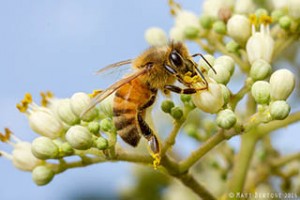
Balancing Beekeeping and Mosquito Abatement in North Carolina
Barely a day goes by when Zika virus is not in the news headlines. As of August 31st 2016, …



Construction to remodel the auditorium will begin September 2025. As such, the auditorium will not be available for use until June 2026.
El inglés es el idioma de control de esta página. En la medida en que haya algún conflicto entre la traducción al inglés y la traducción, el inglés prevalece.
Al hacer clic en el enlace de traducción se activa un servicio de traducción gratuito para convertir la página al español. Al igual que con cualquier traducción por Internet, la conversión no es sensible al contexto y puede que no traduzca el texto en su significado original. NC State Extension no garantiza la exactitud del texto traducido. Por favor, tenga en cuenta que algunas aplicaciones y/o servicios pueden no funcionar como se espera cuando se traducen.
Inglês é o idioma de controle desta página. Na medida que haja algum conflito entre o texto original em Inglês e a tradução, o Inglês prevalece.
Ao clicar no link de tradução, um serviço gratuito de tradução será ativado para converter a página para o Português. Como em qualquer tradução pela internet, a conversão não é sensivel ao contexto e pode não ocorrer a tradução para o significado orginal. O serviço de Extensão da Carolina do Norte (NC State Extension) não garante a exatidão do texto traduzido. Por favor, observe que algumas funções ou serviços podem não funcionar como esperado após a tradução.
English is the controlling language of this page. To the extent there is any conflict between the English text and the translation, English controls.
Clicking on the translation link activates a free translation service to convert the page to Spanish. As with any Internet translation, the conversion is not context-sensitive and may not translate the text to its original meaning. NC State Extension does not guarantee the accuracy of the translated text. Please note that some applications and/or services may not function as expected when translated.
Collapse ▲
Barely a day goes by when Zika virus is not in the news headlines. As of August 31st 2016, …

Our laboratory is excited to begin a new project aimed at answering several questions about pollination ecology in strawberries.These questions …
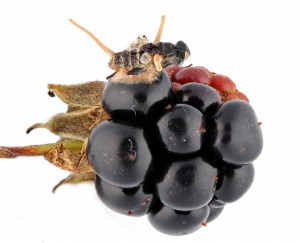
A few weeks ago while harvesting blackberries at the Piedmont Research Station, I came across a rare but incredible …
Re-posted from ecoipm.org: A couple years ago I began warning about a new pest that was spreading throughout crape myrtle …

The season’s first question about caterpillars in blueberries has arrived, so growers and homeowners should be on the look …

Programs to prevent and control early (Figure 1) and late leaf spots (Figure 2) will begin soon. In well …
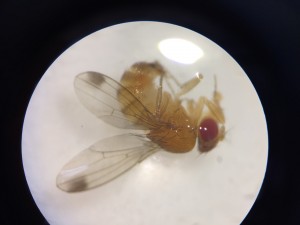
As discussed in an earlier post, we anticipated that 2016 would be a challenging year for spotted wing drosophila …

This factsheet describes the small hive beetle, its life cycle and how to prevent infestations …

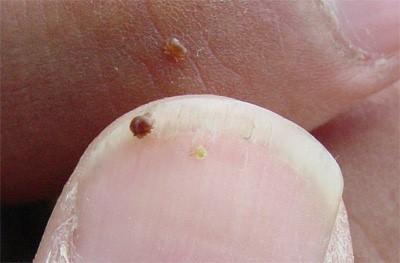
It is the goal of every beekeeper to maintain healthy, productive colonies. This can only …

This manual prepares pesticide applicators for Forest Pest Control Certification exams in the following states: …
To apply restricted-use pesticides to agricultural commodities, you must be certified or be supervised by …

This factsheet offers information on the biology and management of the emerald ash borer, an …

Black root rot impacts a range of woody and herbaceous ornamental plant species primarily in …
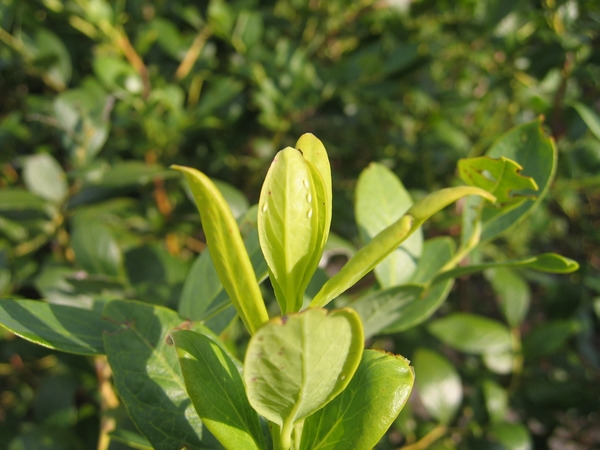
Whiteflies (Hemiptera: Aleyrodidae) are small (< 0.12 inch) and highly diverse insects that feed on …